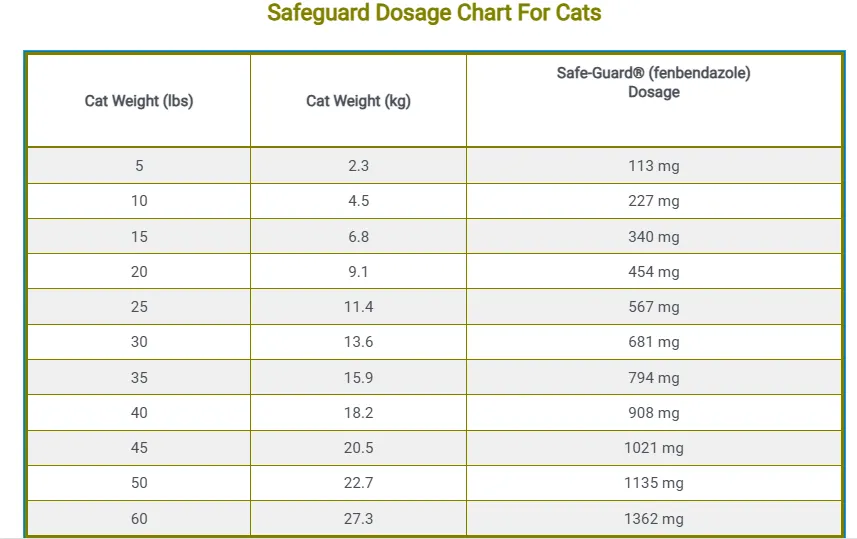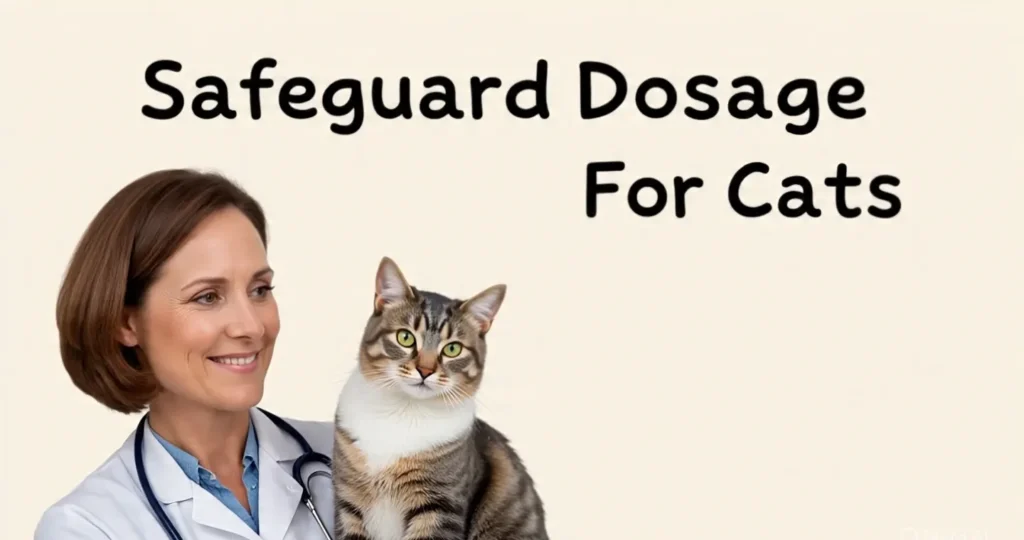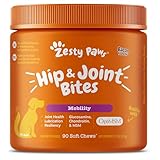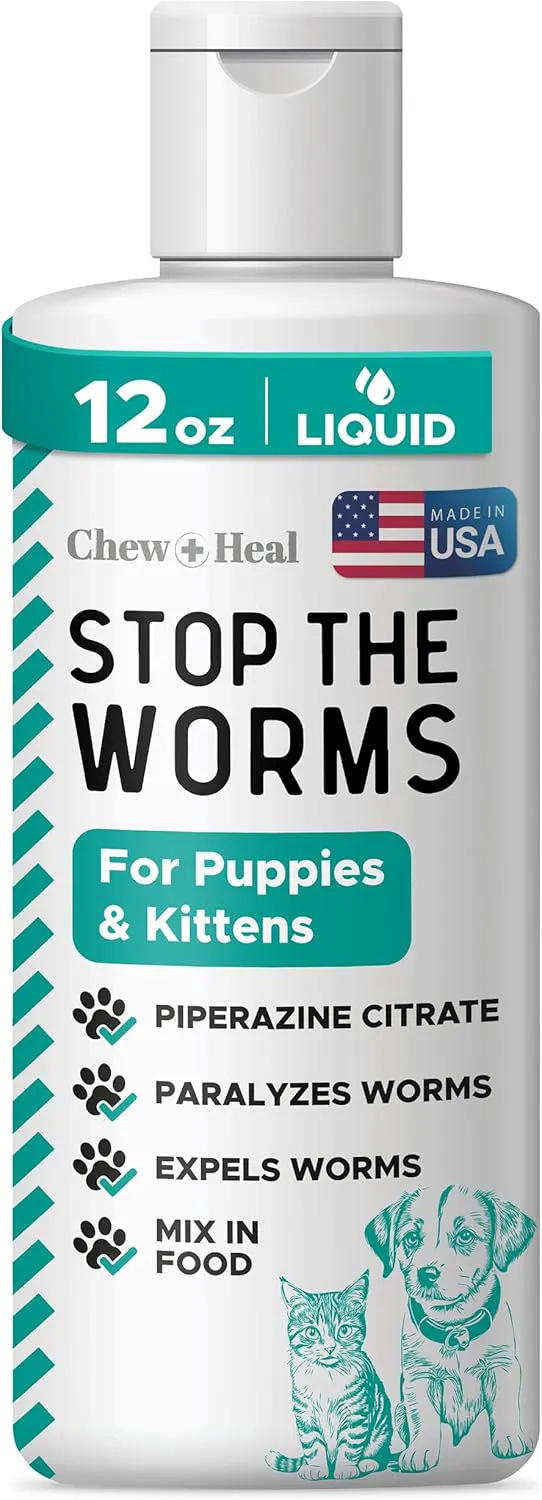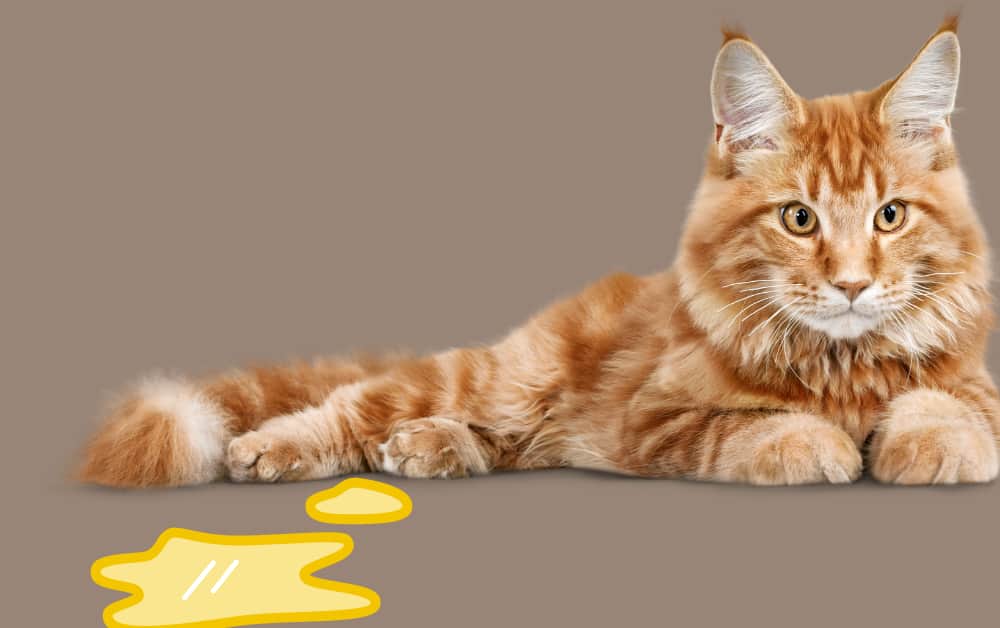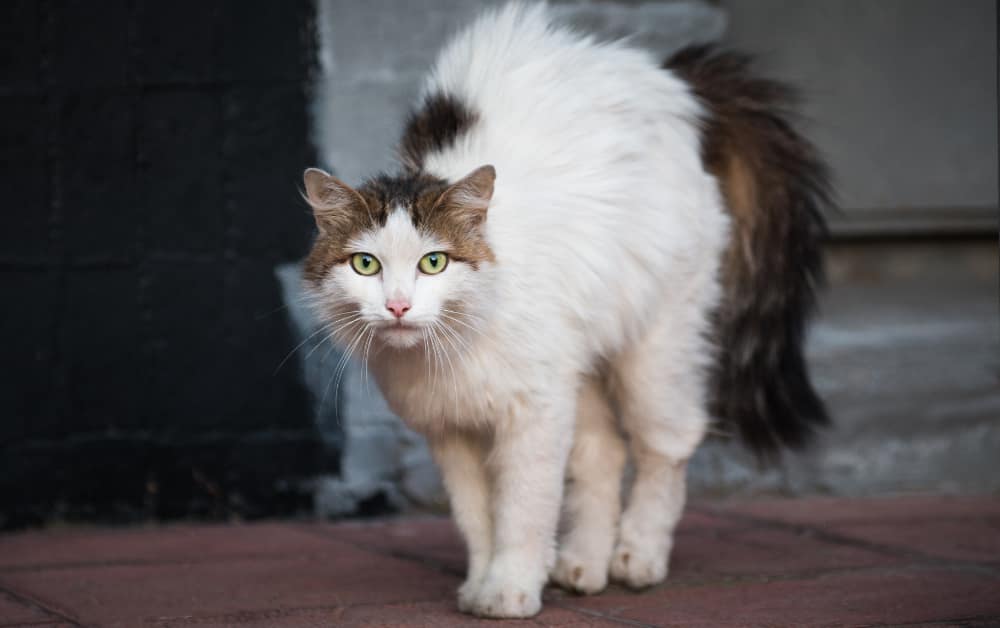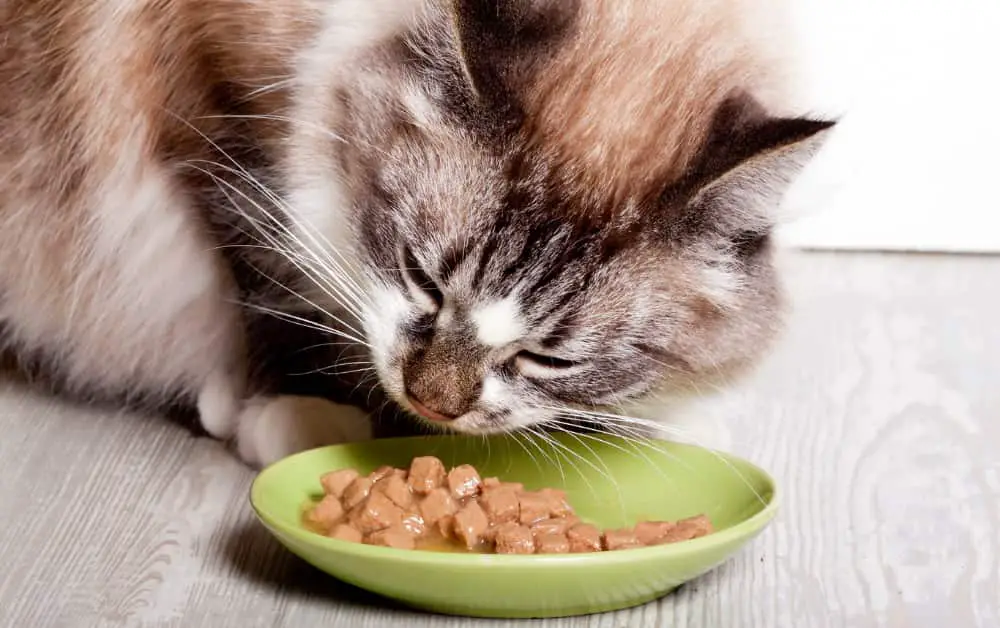Safeguard is the brand name for a deworming medication whose active ingredient is Fenbendazole. Originally designed for dogs and livestock, Safeguard has been adopted off-label by some pet owners and veterinarians for use in cats due to its broad-spectrum efficacy. It comes in several forms, such as paste, granules, and suspension, but the most commonly used for felines is the Safeguard Canine Dewormer (fenbendazole 22.2%).
Fenbendazole works by inhibiting the metabolism of parasitic worms, essentially starving them until they die and are expelled naturally by the cat’s digestive system. It’s effective against a range of internal parasites, making it a versatile tool for managing infestations in multi-pet households.
The appeal of Safeguard lies in its affordability and wide availability—many pet owners find it at feed stores, veterinary clinics, and online retailers. However, the key concern is ensuring correct dosing since it’s not originally formulated for cats, and improper dosage can lead to under-treatment or, worse, toxicity.
Safeguard Dosage For Cats
Safeguard for cats dosage is calculated at 50 mg/kg (22.7 mg/lb) of body weight, administered daily for 3 consecutive days. For felines weighing 10 lbs (4.5 kg), the recommended dose is 1 gram, while dogs 11-20 lbs (5-9.1 kg) require 2 grams.
Medium-sized cats 21-30 lbs (9.5-13.6 kg) need a combination of 1g + 2g pouches, and dogs 31-40 lbs (14.1-18.2 kg) require a single 4g pouch.
Dog and Cat Dewormer – 12 oz of Wormer Liquid
Safeguard Dosage Chart For Cats
| Cat Weight (lbs) | Cat Weight (kg) | Safe-Guard® (fenbendazole) Dosage |
|---|---|---|
| 5 | 2.3 | 113 mg |
| 10 | 4.5 | 227 mg |
| 15 | 6.8 | 340 mg |
| 20 | 9.1 | 454 mg |
| 25 | 11.4 | 567 mg |
| 30 | 13.6 | 681 mg |
| 35 | 15.9 | 794 mg |
| 40 | 18.2 | 908 mg |
| 45 | 20.5 | 1021 mg |
| 50 | 22.7 | 1135 mg |
| 60 | 27.3 | 1362 mg |
Safeguard Granule Dosage Chart for Cats
| Cat Weight (lbs) | Cat Weight (kg) | Safe-Guard® Pouch Size (Daily Dose) |
|---|---|---|
| 10 | 4.5 | 1 gram |
| 11 to 20 | 5.0 to 9.1 | 2 gram |
| 21 to 30* | 9.5 to 13.6 | 1 gram + 2 gram |
| 31 to 40 | 14.1 to 18.2 | 4 gram |
| 41 to 50* | 18.6 to 22.7 | 1 gram + 4 gram |
| 51 to 60* | 23.1 to 27.3 | 2 gram + 4 gram |
| 61 to 80* | 27.7 to 36.4 | Two 4 gram |
| Over 80* | Over 36.4 | Consult veterinarian |
Safeguard 100mg/ml Liquid Dosage Chart For Cats
| Cat Weight (lbs) | Cat Weight (kg) | Safeguard 100mg/ml Dose (cc/ml) |
|---|---|---|
| 1 | 0.5 | 0.23 |
| 2 | 0.9 | 0.45 |
| 3 | 1.4 | 0.68 |
| 4 | 1.8 | 0.91 |
| 5 | 2.3 | 1.14 |
| 6 | 2.7 | 1.36 |
| 7 | 3.2 | 1.59 |
| 8 | 3.6 | 1.82 |
| 9 | 4.1 | 2.05 |
| 10 | 4.5 | 2.27 |
| 11 | 5.0 | 2.50 |
| 12 | 5.4 | 2.73 |
| 13 | 5.9 | 2.95 |
| 14 | 6.4 | 3.18 |
| 15 | 6.8 | 3.41 |
| 16 | 7.3 | 3.64 |
| 17 | 7.7 | 3.86 |
| 18 | 8.2 | 4.09 |
| 19 | 8.6 | 4.32 |
| 20 | 9.1 | 4.55 |
| 21 | 9.5 | 4.77 |
| 22 | 10.0 | 5.00 |
| 23 | 10.4 | 5.23 |
| 24 | 10.9 | 5.45 |
| 25 | 11.4 | 5.68 |
| 26 | 11.8 | 5.91 |
| 27 | 12.3 | 6.14 |
| 28 | 12.7 | 6.36 |
| 29 | 13.2 | 6.59 |
| 30 | 13.6 | 6.82 |
| 31 | 14.1 | 7.05 |
| 32 | 14.5 | 7.27 |
| 33 | 15.0 | 7.50 |
| 34 | 15.5 | 7.73 |
| 35 | 15.9 | 7.95 |
| 36 | 16.4 | 8.18 |
| 37 | 16.8 | 8.41 |
| 38 | 17.3 | 8.64 |
| 39 | 17.7 | 8.86 |
| 40 | 18.2 | 9.09 |
| 41 | 18.6 | 9.32 |
| 42 | 19.1 | 9.55 |
| 43 | 19.5 | 9.77 |
| 44 | 20.0 | 10.00 |
| 45 | 20.5 | 10.23 |
| 46 | 20.9 | 10.45 |
| 47 | 21.4 | 10.68 |
| 48 | 21.8 | 10.91 |
| 49 | 22.3 | 11.14 |
| 50 | 22.7 | 11.30 |
Factors Affecting Dosage
Several variables can affect how much Safeguard your cat needs:
- Weight: Accurate weight measurement is vital. Don’t guess—use a digital scale.
- Age and Health: Kittens, seniors, or immunocompromised cats may need adjusted doses.
- Type of Parasite: Giardia may require a longer treatment period than roundworms.
- Formulation: Paste vs. liquid vs. granules—each has different concentration levels.
- Feeding Schedule: Fenbendazole is best absorbed when given with food.
In the next section, we’ll provide a clear dosage chart based on weight so you can administer the right amount.
Is Safeguard Safe for Cats?
As mentioned earlier, Safeguard is not officially approved by the FDA for use in cats. This doesn’t necessarily mean it’s unsafe—it just means the manufacturer hasn’t conducted the extensive studies required for feline-specific approval. However, many veterinarians use Safeguard off-label because studies and anecdotal evidence support its safety and effectiveness when dosed correctly.
Veterinary experts generally agree that Fenbendazole is among the safest anthelmintics. It has a wide margin of safety, meaning even if a slight overdose occurs, it rarely causes toxicity. That said, over-reliance on anecdotal use without professional guidance is discouraged.
The product label will usually state it’s for use in dogs or livestock only, which can be confusing. But veterinary professionals familiar with the compound may recommend it in cases where:
- Other treatments failed.
- Giardia is persistent.
- The cost of other dewormers is prohibitive.
Off-Label Use in Cats
Off-label use means the medication is used in a way not specified by the official label. In veterinary medicine, this is a common and legal practice as long as it’s guided by a licensed veterinarian.
The key concerns with off-label use are:
- Proper dosing: You can’t follow the instructions on the label meant for dogs or cows.
- Formulation: Some formulations (like those for cattle) might contain additives harmful to cats.
- Monitoring: Close observation is needed to catch any side effects early.
When used off-label under vet supervision, Safeguard can be a cost-effective and powerful addition to your cat’s healthcare toolkit.
How Safeguard Works in Feline Parasite Control
Fenbendazole belongs to the benzimidazole class of anthelmintics. It interferes with the energy metabolism of parasites, binding to tubulin in their cells and preventing glucose uptake. Over time, the parasites starve and die, typically within a few days of treatment.
This active ingredient is effective against:
- Roundworms (Toxocara cati)
- Hookworms
- Whipworms
- Tapeworms (limited species)
- Giardia
Fenbendazole is considered one of the safer dewormers in veterinary medicine because it rarely causes adverse effects at correct dosages. This makes it ideal for cats, especially in rescue situations where multiple animals need treatment.
The medication is typically administered for 3–5 days, depending on the parasite. For Giardia, treatment may be extended and combined with other medications (e.g., metronidazole) for maximum efficacy.
You May Also Like To Read:
